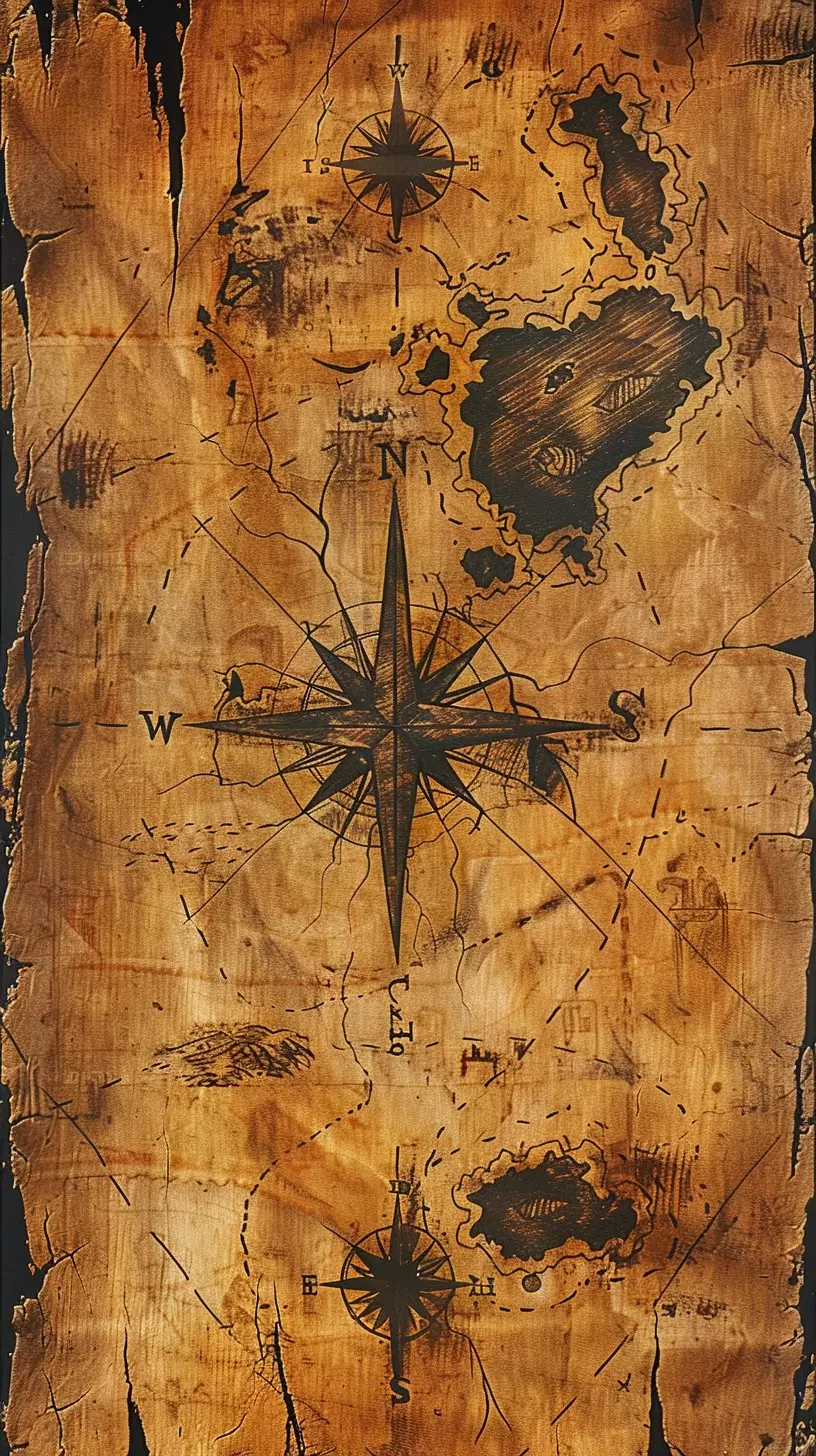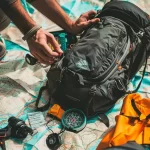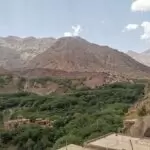Traveling with a paper map in Morocco can be a rewarding experience. It allows you to immerse yourself in the country’s landscapes. You can navigate without relying on electronic devices.
1. Choose the Right Map
- Detail Level: Ensure your map is detailed enough for the regions you plan to visit with a paper map. For rural or mountainous areas, a map with topographical details might be useful. Always consider how to travel with a paper map providing crucial details.
- Language: Maps in French are common in Morocco, but English versions may be available in tourist shops.
- Source: Consider buying a map from a local bookstore, tourist information center, or online from reputable sources.
2. Plan Your Route
- Research: Before you leave, study the map and outline your route. Note major cities, landmarks, and key roads on your paper map. It is essential to know how to travel using a paper map for effective route planning.
- Landmarks: Identify significant points of interest and major intersections to help orient yourself.
3. Understand Local Geography
- Landmarks: Morocco has diverse landscapes, including mountains, deserts, and coastal areas. Familiarize yourself with these features to aid in navigation using your paper map.
- Road Conditions: Be aware that some roads may be less maintained or challenging to navigate. Rural areas might have fewer road signs.
4. Navigation Tips
- Compass: Carry a compass for additional navigation assistance, especially if you’re exploring remote areas.
5. Ask for Directions
- Local Knowledge: Don’t hesitate to ask locals for directions. Moroccans are generally friendly and willing to help when you’re traveling with map. Knowing how to travel with a paper map can improve communication with locals.
- Phrases: Learn a few basic phrases in Arabic or French to facilitate communication.
6. Stay Safe
- Travel Advisory: Keep updated on any travel advisories for the areas you plan to visit with your paper map. Learn how to travel wisely with a paper map to ensure your safety.
- Emergency Info: Have a plan for emergencies, including knowing the location of the nearest medical facilities or embassies.
7. Backup Plans
- Digital Backup: If possible, have a digital backup of your map on a device, just in case. This can be helpful if your paper map gets damaged or lost. It’s good to know how to travel with both paper and digital maps for security.
- Local Maps: Pick up local maps or brochures from tourist centers along your route for more detailed information.
8. Enjoy the Journey
- Flexibility: Be prepared for unexpected detours or changes in plans. Part of the adventure is discovering new places and meeting new people. Travel with a paper map to fully experience this adventure. Understanding how to travel with a paper map enhances flexibility.
- Documentation: Consider keeping a travel journal or taking photos of your route and destinations for future reference.
Be well-prepared and adaptable. Using a paper map in Morocco can enhance your travel experience. It gives you a deeper connection to the places you visit. Learn how to travel with a paper map to make the most of your journey.
Read More:


